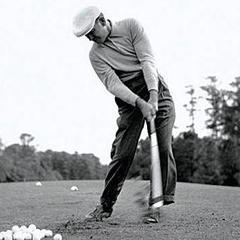IGNORED
65/20/15 Practice Ratios: Where to Devote Your Practice Time
-
Topics Being Discussed Right Now on The Sand Trap
-
- 11 replies
- 1,791 views
-
- 7 replies
- 337 views
-
- 2,374 replies
- 238,178 views
-
- 6,650 replies
- 264,107 views
-
- 3 replies
- 267 views
-








Recommended Posts
Create an account or sign in to comment
You need to be a member in order to leave a comment
Create an account
Sign up for a new account in our community. It's easy!
Register a new accountSign in
Already have an account? Sign in here.
Sign In Now